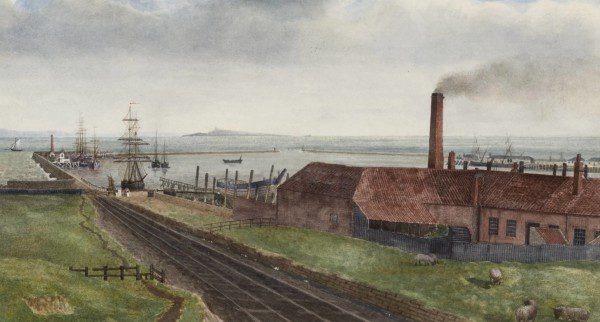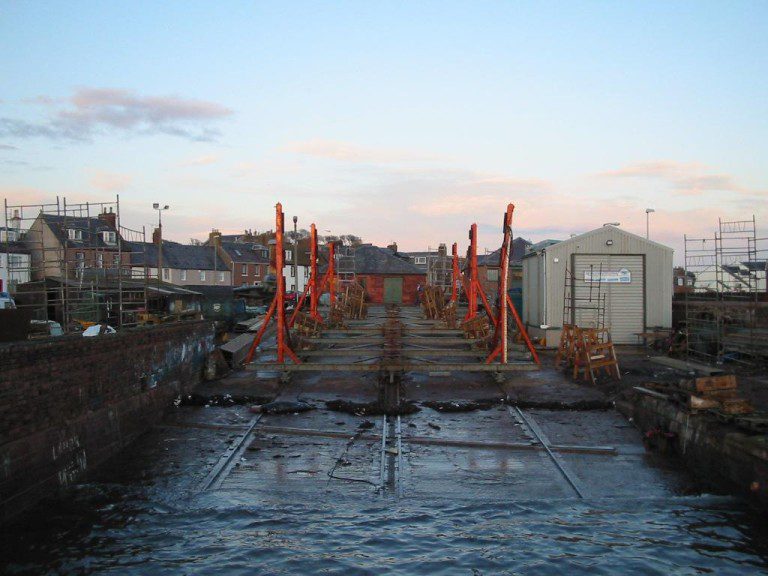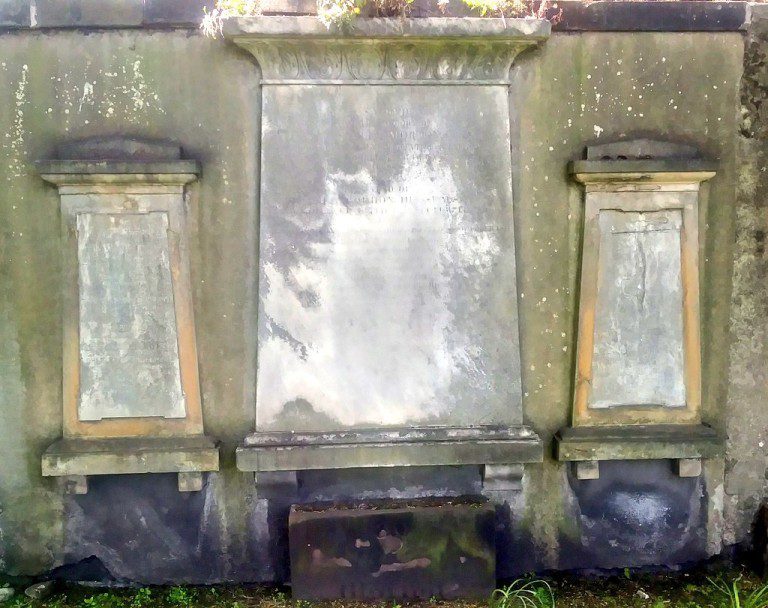Edinburgh fascinates with its amazing beauty and incredible past. Regarding the latter, it is difficult to disagree that people are the creators of history. Edinburgh can boast of its talented residents who influenced the course of history. Learn more at edinburgh-future.
Those people were so gifted that their achievements can be felt even in the 21st century. After all, even though they lived many years ago, their work brought many valuable fruits to humanity.
If we talk about improving the quality of life, scientists certainly played the biggest role in this process. They conducted numerous experiments and research, thanks to which they managed to create something new, offering the world significant simplifications and improvements.
Of course, every inventor is incredibly fond of what they do. Therefore, the whole process of creating and discovering something unique usually doesn’t irritate them. Still, such an activity is very difficult and time-consuming.
Shipbuilding is another field that has played a significant role in various periods of human history. After all, they were used not only as a means of transport. They gradually brought trade to a new level, as water transportation of goods was very popular. Obviously, cargo and passenger ships have certain differences.
That is why the shipbuilding industry needs competent specialists who will be able to direct the whole process.
One of the brightest Edinburgh representatives of the sphere was Thomas Morton. This man managed to create a device that became a real sensation for everyone involved in building or repairing ships.
Early years

The future inventor was born on October 8, 1781. From his childhood, Thomas saw how much his father, a shipbuilder, was passionate about his work. Therefore, it wasn’t surprising that the child wanted to follow in his footsteps.
At first, young Thomas worked with his father and studied all the features of this complex business in practice. When he felt that he already acquired some basic knowledge and experience, he decided to start his own shipbuilding company. Later, it became known as S. & H. Morton & Co.
Incredible discovery

However, in the course of his work, Morton encountered a problem, which pushed him to an amazing invention.
It all started with the fact that the man couldn’t install a dry dock in his shipyards in Leith. Then Thomas decided to use the method, which became a real sensation at the time. It was the hauling up ships on greased ways. Of course, the method was quite dangerous and time-consuming.
However, all of this didn’t prevent the Scottish inventor from creating an incredible invention in 1818. That was an inclined surface with a cradle, which pulled a ship out of the water.
Later, such an invention began to be called a marine railway or a patent slip. It is a cheaper alternative to dry dock. Thomas officially received a patent for his development in 1819.
Judicial proceedings
It was difficult to argue with the fact that Morton’s creation became enormously popular. Obviously, it led to illegal attempts to appropriate the inventor’s success.
Thus, in 1824, Thomas had to go to court with a lawsuit against John Barclay. After all, John violated his patent rights by installing a similar structure at the shipyards of the Stobcross company.
The court fully satisfied the plaintiff’s claims. Even William Denny, who was also a famous shipbuilder, acted as an expert during the proceedings. So, he also noticed that Barclay’s installation was nothing more than a cheap copy of Morton’s invention.
Income
For some reason, having discovered something really grandiose, famous inventors and scientists often didn’t receive any remuneration at all. Although the results of their activities are used by millions.
Unfortunately, Thomas Morton was no exception. Even though his invention was incredibly popular, he didn’t earn a penny for it for six years after the patent was issued.

Over time, when Morton’s installation became indispensable for shipbuilding and about 45 marine railways were built in many countries, the creator of the unique development finally began to make a profit. The man earned £5,737 before he decided to apply for an extension of the patent in 1832.
However, that year, Thomas Morton passed away at the early age of 51. He managed to make a real breakthrough in the field of shipbuilding.
Interestingly, despite the founder’s death, his company S. & H. Morton & Co. continued to work successfully. Probably, it was proof that Thomas loved his business and continued to help his “child” flourish and develop even after his death, as if ruled it from heaven.